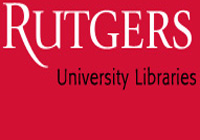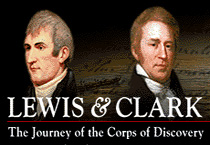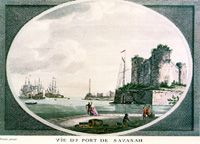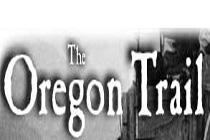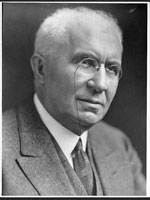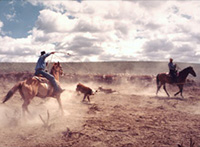Skulls, Scalps and Seminoles: Science and Violence in Florida, 1800-1842
Video background from The Library of Congress Webcasts site:
"Exploration of the history of science in Florida during the decades before and after the beginning of U.S. governance in 1821. The lecture emphasizes the context of violence in Florida shaped scientific practices in the region as well as knowledge circulating throughout the United States of Florida's native peoples and natural history. The overlap between science and violence reached its climax during the Second Seminole War, when U.S. Army surgeons and other amateur naturalists were both the targets of Seminole attacks and the perpetrators of brutalities against Florida's Indians. Most notably, white naturalists in Florida collected, analyzed, mutilated, and exported the remains of Florida's Indian dead, particularly the skulls of both long-buried and recently killed Seminoles. Although they carried out their grisly work in an isolated region, the practices, specimens, and ideas of these skull collectors had a lasting influence on scientific approaches to Indian remains throughout the United States."
